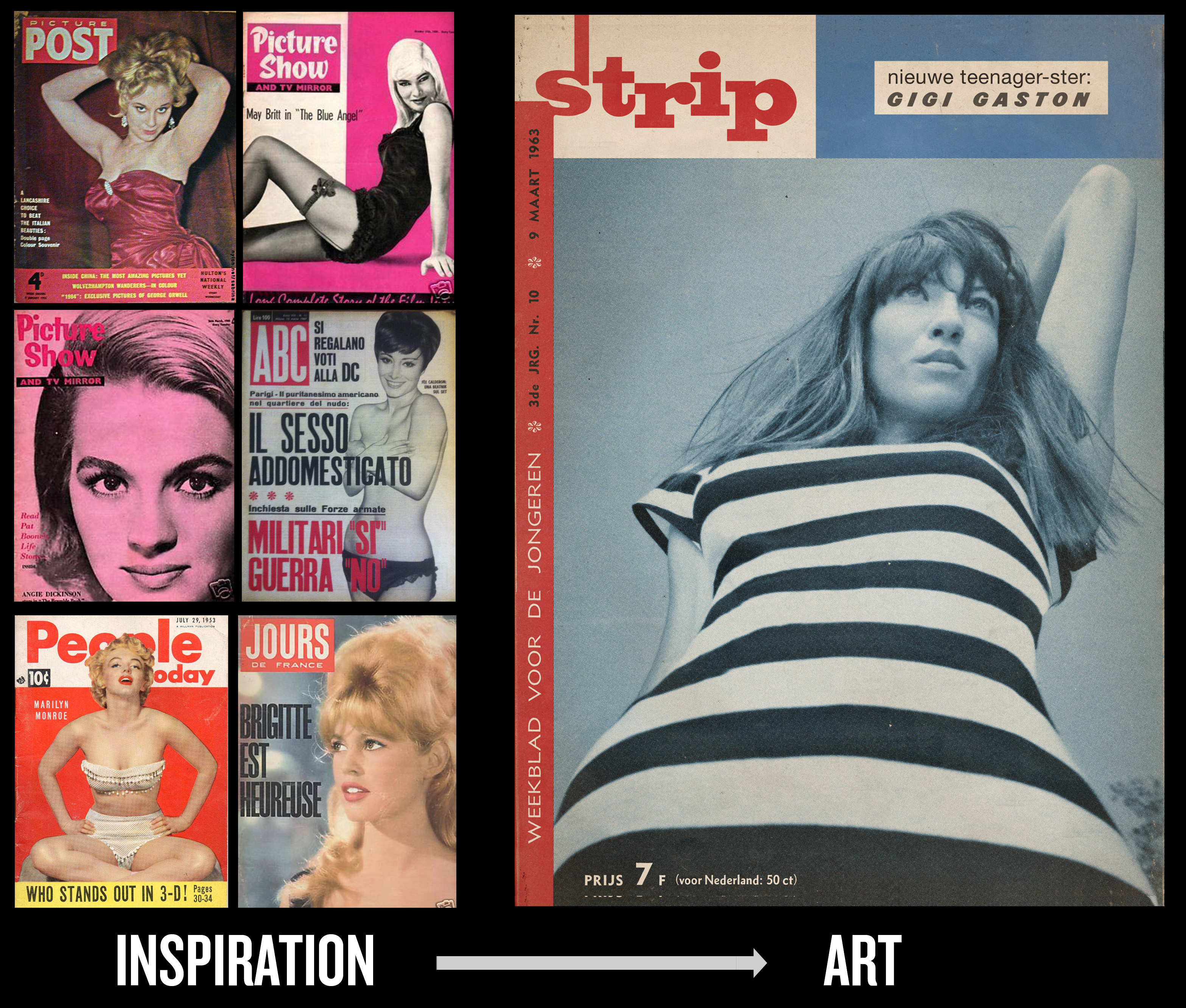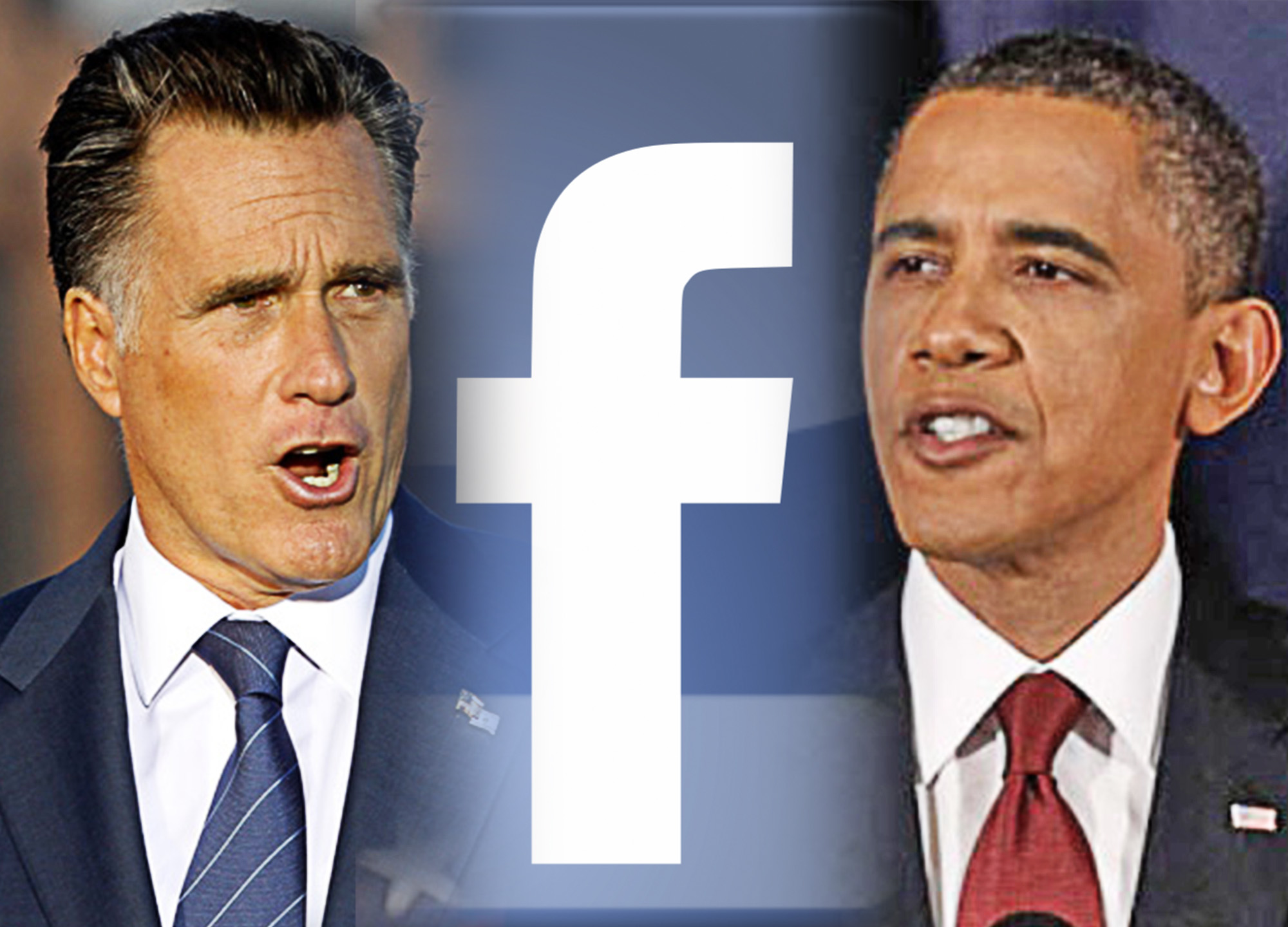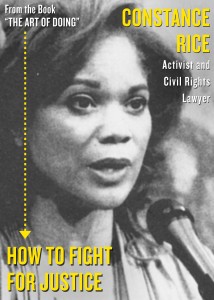
Imagine being in the position of asking a question—the question—whose answer may decide who will become the next leader of the free world?
There is non-stop coverage of how presidential candidates are prepared for their debates by cadres of political operatives, who advise them on body language, zinger usage, deportment and even substance. But what about the moderators?
Being a moderator of the presidential (or vice presidential) debates makes the job of a NFL replacement ref look easy. The moderators must manage the pressure of appearing in front of tens of millions of people at one of the most pivotal and analyzed moments in the election season, as well as be a tough but impartial questioner and handler of two very forceful opponents fighting for the most powerful job in the world. In today’s hyper-partisan atmosphere, around the clock news cycle and real time Tweeted critiques, moderators who were once respected as journalists, are now considered fair game—as when during the Republican primary debates Newt Gingrich dramatically confronted CNN’s John King for his line of questioning
What struck us in an excellent The New York Times process piece by Jeremy W. Peters in which he digs into the behind-the-scenes preparations of the four upcoming debate moderators, was their two-fold process. The moderators focused as much on managing their emotions as on mastering the subject matter of their debates.
Here are some of their practices:
ABC’s Martha Raddatz (who will moderate the vice presidential debate)
- Stays off Twitter to avoid reading unflattering things about herself—although she was amused when her son re-posted the message “Who the heck is Martha Raddatz?”
- When she thinks of questions, even if they wake her up in the middle of the night she emails them to herself on her BlackBerry.
- Talks to dozens of sources and colleagues “as wide a net as I can cast without making myself crazy and overwhelmed.”
CNN’s Candy Crowley
- Meditates twice a day to tune out the negativity. And there must be quite a lot as she says, “every morning I wake up, I want to throw up thinking about it.”
- Jots down thoughts on blue index cards that are scattered all over her home and office. “I even have a stack [of cards] next to my bed and in my bathroom for when I’m brushing my teeth and think of something.”
CBS’s Bob Schieffer
- Recuses himself from the network’s coverage of the debates he’s not moderating to avoid any appearance of bias.
- Keeps a 3-ring binder with news clippings of foreign affairs and interviews “smart people” for expert guidance.
PBS’s Jim Lehrer
Moderator of the first 2012 presidential debate, Lehrer acknowledged that it’s a “rough rough world” and and that with it will come “smears.” On his preparation, he added somewhat ellipitically, “If I’m not physically doing it, it’s in my head.” But perhaps having moderated 12 presidential debates, for him, it’s just another gig.
Although only a handful of people will ever moderate a presidential debate, we all have moments when our success will be determined by a performance—whether it is a job interview, a pitch or a negotiation. To increase the chances of pulling it off, we can look to the simple two-fold preparation of the debate moderators—school yourself in the knowledge you need and manage your emotions. And perhaps even remind yourself if you do have stage fright and slip up, at least you won’t be mocked, vilified and accused of electoral manipulation by political pundits all over cable news and talk radio.

















